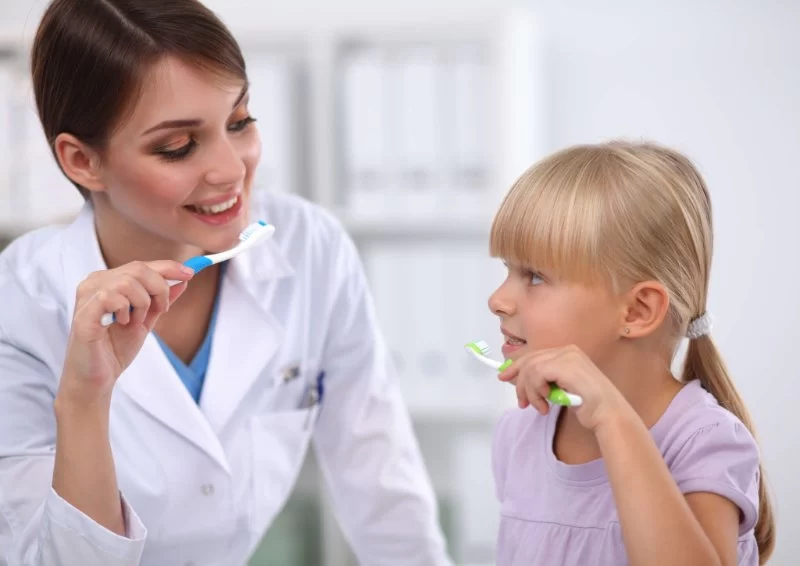
1. The Link Between Oral Hygiene and Overall Health
1.1 More Than Just a Bright Smile
When people hear "oral hygiene," most immediately think of brushing, flossing, and perhaps the occasional trip to the dentist. But the question how does good oral hygiene relate to people goes far beyond surface-level cleanliness. In truth, your mouth serves as a mirror for your entire body’s health. Poor oral hygiene has been scientifically linked to heart disease, diabetes, respiratory infections, and even cognitive decline. It's not just about cavities—it's about total wellness.
1.2 The Mouth-Body Connection
The mouth is filled with bacteria—most harmless, but without good hygiene practices, these bacteria can multiply rapidly and lead to infections, gum disease, and inflammation. Once inflamed gums begin to bleed, bacteria can enter the bloodstream and travel to other parts of the body, triggering or worsening systemic conditions. The American Dental Association (ADA) and Centers for Disease Control and Prevention (CDC) have consistently emphasized that maintaining oral health is a vital part of preventive healthcare in the U.S.
2. Chronic Conditions Linked to Poor Oral Hygiene
2.1 Cardiovascular Disease
Several studies conducted in the U.S. and Europe have shown a correlation between gum disease and heart conditions. Inflammation caused by periodontal bacteria may contribute to the formation of arterial plaque, increasing the risk of heart attacks and strokes. For example, a 52-year-old patient from Chicago who had never taken oral hygiene seriously underwent emergency heart surgery—and doctors discovered severe oral bacteria in his bloodstream. After recovery, his cardiologist and dentist worked together to create a dual health management plan.
2.2 Diabetes and Oral Infections
For Americans living with diabetes, oral hygiene is more than important—it’s essential. Gum disease can make it harder to control blood sugar levels, while high glucose levels can worsen dental problems. This two-way relationship means neglecting your mouth can throw off your entire health management strategy. Many family dentistry practices now collaborate with endocrinologists to monitor patients holistically.
2.3 Respiratory Complications
Inhaling harmful oral bacteria into the lungs can lead to respiratory issues like pneumonia, particularly in older adults or hospitalized patients. According to a study published by the Journal of the American Geriatrics Society, seniors who brushed their teeth at least twice a day had significantly fewer respiratory complications. Nursing homes across the U.S. are now implementing strict oral care protocols as part of their preventive care programs.
3. Behavioral and Mental Health Benefits
3.1 The Confidence Connection
A healthy smile can profoundly impact a person’s confidence, self-image, and social interactions. Children who suffer from dental problems are more likely to miss school due to pain or embarrassment. Adults may avoid social engagements or professional opportunities due to bad breath or missing teeth. Investing in good oral hygiene is also an investment in mental well-being and social mobility.
3.2 Depression and Oral Neglect
There’s also a strong psychological loop between poor mental health and neglecting oral care. Individuals suffering from depression or anxiety often skip basic hygiene routines. Over time, this creates a visible decline in dental health, which further damages self-esteem. Dentists in family practices increasingly work alongside mental health professionals to address these root causes holistically. In states like California and New York, integrated care models are being tested to treat both mind and mouth together.
4. Real-Life Stories That Highlight the Importance
4.1 The Small-Town Transformation
In rural Kentucky, a school-based oral health program led by volunteer dentists significantly reduced the number of children needing urgent dental care. One mother reported that her daughter, previously teased for her teeth, blossomed into a confident honor roll student after receiving routine checkups and cleanings. This is just one of many stories proving how proper dental care can shift life trajectories.
4.2 From Homelessness to Hope
A nonprofit in Boston, MA offers free dental care to homeless individuals. One man, after having 12 decayed teeth removed and replaced, shared that the transformation helped him secure a job and housing. "People used to look away. Now they shake my hand," he said. Oral hygiene restored not just his health, but his dignity.
5. Daily Practices That Support Oral and General Health
5.1 Brushing and Flossing—Still the Foundation
Brushing twice a day and flossing at least once remains the cornerstone of oral hygiene. Using fluoride toothpaste and replacing your toothbrush every 3–4 months helps keep bacteria at bay. Mouthwash can offer additional protection against gum disease, especially for older adults.
5.2 Nutrition and Hydration
What you eat directly affects your mouth. Sugary and acidic foods fuel the growth of harmful bacteria. Drinking plenty of water—especially fluoridated tap water—can help strengthen enamel and wash away food particles. A diet rich in fiber, calcium, and vitamins supports both teeth and gums.
5.3 Regular Dental Visits
Dentists in the U.S. recommend checkups every six months. These visits allow professionals to catch problems early, provide deep cleanings, and offer guidance tailored to your needs. For those looking for a personalized and family-friendly approach, Family Dentistry Online offers expert service recommendations based on location, needs, and budget.
6. The Public Health Perspective in the U.S.
6.1 Access and Education Matter
The U.S. faces disparities in dental care access, particularly in underserved communities. Programs like Medicaid and CHIP offer dental benefits to millions of children, but adult coverage varies widely by state. Promoting oral health education in schools, workplaces, and community centers is a powerful tool for long-term change.
6.2 The Push for Integrated Healthcare
Progressive healthcare systems are increasingly recognizing oral health as a key part of overall care. Pilot programs in cities like Seattle and Minneapolis now integrate dental records into general health databases, making it easier for doctors and dentists to collaborate. As research continues to confirm the connection between oral and systemic health, we can expect more integrated approaches across the U.S.
7. Building Healthy Habits Across Generations
7.1 Teaching Children Early
Instilling good oral hygiene habits in children ensures a healthier adult population. Pediatric dentists recommend parents start brushing a baby’s gums even before the first tooth erupts. Schools and pediatricians are working together more than ever to make oral hygiene a family priority.
7.2 Support for Aging Populations
Older adults face unique challenges—dry mouth from medications, diminished dexterity, and cognitive decline. Adaptive tools like electric toothbrushes, water flossers, and in-home dental visits can make a world of difference. Many family caregivers turn to trusted resources like Family Dentistry Online to find appropriate solutions for elderly loved ones.

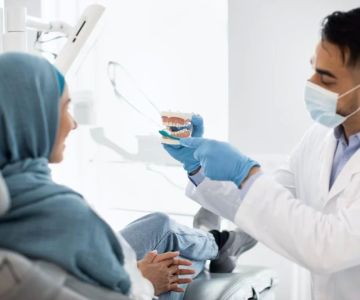

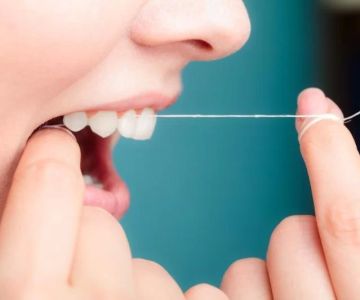
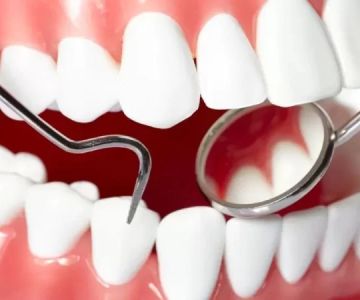

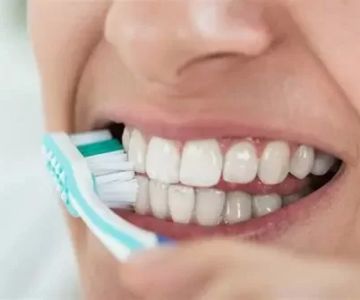
 All Smiles Orthodontics/Invisalign Center4.0 (39 review)
All Smiles Orthodontics/Invisalign Center4.0 (39 review)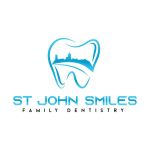 St John Smiles4.0 (238 review)
St John Smiles4.0 (238 review) Dr. Daniel S. Fife, DDS4.0 (31 review)
Dr. Daniel S. Fife, DDS4.0 (31 review)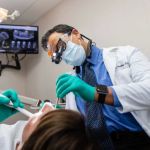 Cazes Family Dentistry LLC4.0 (61 review)
Cazes Family Dentistry LLC4.0 (61 review) Sutter Dental5.0 (189 review)
Sutter Dental5.0 (189 review) Wang Orthodontics5.0 (1014 review)
Wang Orthodontics5.0 (1014 review) The Importance of Oral Health Education During Pregnancy for a Healthy Pregnancy
The Importance of Oral Health Education During Pregnancy for a Healthy Pregnancy Best Tips for Brushing Your Teeth Properly for Healthy Gums: Essential Techniques for Oral Health
Best Tips for Brushing Your Teeth Properly for Healthy Gums: Essential Techniques for Oral Health Why Skipping Dental Checkups Can Lead to Bigger Oral Health Problems
Why Skipping Dental Checkups Can Lead to Bigger Oral Health Problems Advantages of Porcelain Dental Restorations
Advantages of Porcelain Dental Restorations How Can Diabetes Cause Tooth and Gum Problems? Preventing and Managing Oral Health Issues
How Can Diabetes Cause Tooth and Gum Problems? Preventing and Managing Oral Health Issues Healthy Habits for Promoting Good Oral Health and Hygiene: Tips for a Healthy Smile
Healthy Habits for Promoting Good Oral Health and Hygiene: Tips for a Healthy Smile